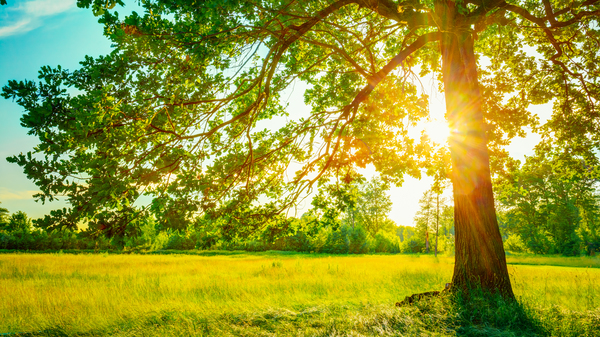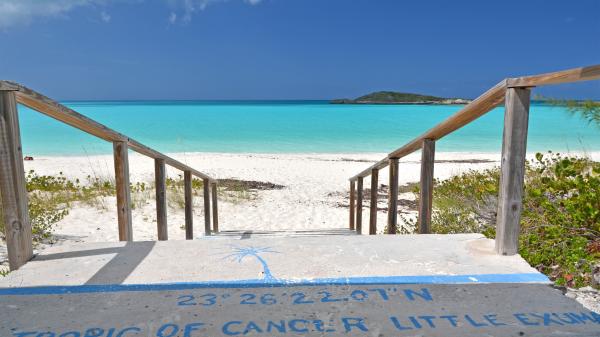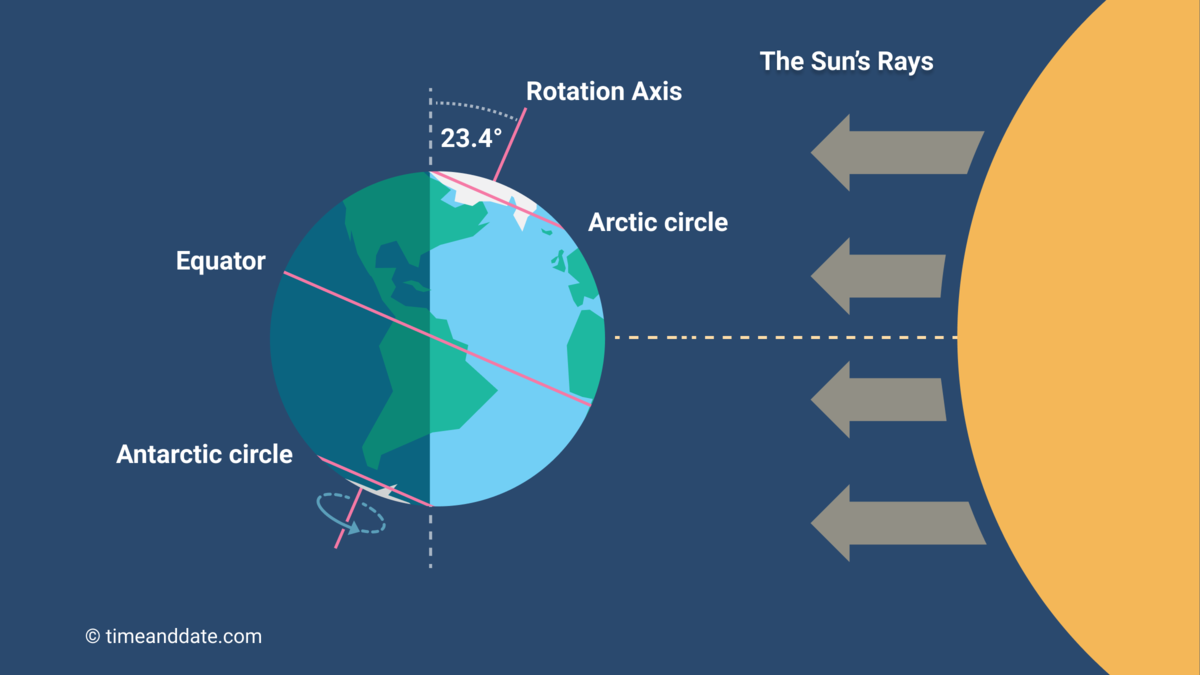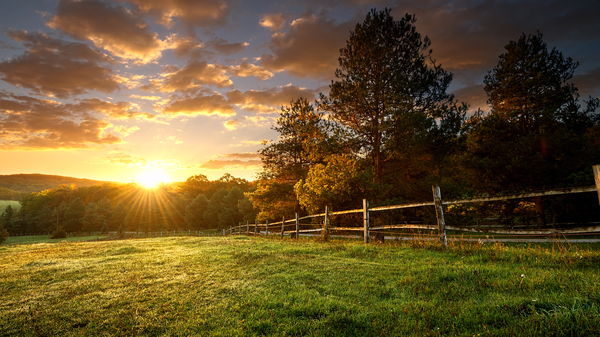10 Things About the June Solstice
Here are 10 facts you might not know about the June solstice.

Northern summer begins at the June solstice.
©bigstockphoto.com/Grisha Bruev
1. Summer & Winter Solstice
In the Northern Hemisphere, where it is the year's longest day in terms of daylight, the June solstice is also called the summer solstice. In the Southern Hemisphere, on the other hand, it is the shortest day of the year and is known as the winter solstice.
How different cultures celebrate the June solstice
2. First Solstice of the Year
Solstices happen twice a year—in June and December. The June solstice happens around June 21, when the Sun is directly overhead the Tropic of Cancer. The December solstice takes place around December 21. On this day, the Sun is precisely over the Tropic of Capricorn.
3. When the Sun Seems to Stand Still

Tropic of Cancer mark at Little Exuma, Bahamas.
©bigstockphoto.com/HappyAlex
Solstice comes from the Latin words sol, meaning Sun and sistere, meaning to come to a stop or stand still. On the day of the June solstice, the Sun reaches its northernmost position, as seen from the Earth. At that moment, its zenith does not move north or south as during most other days of the year, but it stands still at the Tropic of Cancer. It then reverses its direction and starts moving south again.
The opposite happens during the December solstice. Then, the Sun reaches its southernmost position in the sky—the Tropic of Capricorn—stands still, and then reverses its direction towards the north.
Ten things about the December solstice
4. It Occurs at the Same Time...
...all over the world. Technically, the June solstice is the exact instant of time when the Sun is directly overhead the Tropic of Cancer. In 2024, this happened on June 20 at 20:50 UTC.
2024 June solstice in your local time
5. It Can Be on June 20, 21, or 22
While most people consider June 21 as the date of the June solstice, it can occur on the preceding or following date. June 22 solstices are rare—the last June 22 solstice in UTC time took place in 1975 and there won't be another one until 2203.
6. It's the First Day of Summer...

The Maypole is a symbol of Midsummer celebrations in Sweden.
©bigstockphoto.com/contas
...depending on who you ask. Astronomers and scientists use the date of the June solstice to mark the beginning of summer in the Northern Hemisphere and winter in the Southern Hemisphere. For meteorologists, on the other hand, summer began almost three weeks ago, on June 1.
In many Northern Hemisphere cultures, the day is traditionally considered to be the mid-point of the summer season. Midsummer celebrations on or around the Northern summer solstice are common in many European countries.
7. The Earth is Farthest from the Sun
One might think that since it is summer in the Northern Hemisphere, the Earth is closest to the Sun during the June solstice. But it's the opposite. The Earth is actually farthest from the Sun during this time of the year. In fact, the Earth will be on its Aphelion a few weeks after the June solstice.


June solstice (Ill. not to scale).
© timeanddate.com
The Earth's distance from the Sun has very little effect over the Seasons on Earth. Instead, it the tilt of Earth's rotational axis, which is angled at around 23.4 degrees, that creates seasons.
The direction of Earth's tilt does not change as the Earth orbits the Sun—the two hemispheres point towards the same direction in space at all times. What changes as the Earth orbits around the Sun is the position of the hemispheres in relation to the Sun—the Northern Hemisphere faces towards the Sun during the June solstice, thus experiencing summer. The Southern Hemisphere tilts away from the Sun and therefore enjoys winter during this time.
8. The Earliest Sunrise of the Year Doesn't Happen on This Day

The earliest sunrise takes place days before the June solstice.
©bigstockphoto.com/Geribody
Even though the June solstice is the longest day in the Northern Hemisphere, most places do not see the earliest sunrise of the year on this day. The earliest sunrise happens a few days before, and the latest sunset takes place a few days after, the June solstice.
Sunrise and sunset timings in your city
In the Southern Hemisphere, where this day marks the winter solstice, the earliest sunset happens a few days before the solstice, and the latest sunrise occurs a few days after it.
This happens because of the imbalance between time measured using clocks and time measured by a sundial. Read more
9. Not Usually the Hottest Day of the Year
In fact, the hottest day of the year in the Northern Hemisphere usually comes a few weeks or sometimes months after the solstice. This is because it takes time for the oceans and landmasses to warm up, which again allows for higher air temperatures. This phenomenon is called the delay or lag of the seasons.
10. The Arctic Circle has 24 Hours of Daylight

Midnight Sun by the sea on the Island of Vaeroy, Norway.
©bigstockphoto.com/harvepino
The June solstice is the only day of the year when all locations inside the Arctic Circle experience a continuous period of daylight for 24 hours. Due to atmospheric refraction, however, the midnight sun is visible for a few days before and on the June solstice from areas as far as 60 miles (97 kilometers) south of the Arctic Circle. As one moves further north of the Arctic Circle, the number of days with the Midnight Sun increase.
Within the Antarctic Circle, there are 24 hours of nighttime on the June solstice. Just as with the Northern Hemisphere, any location south of the Antarctic Circle has Polar Night several days before the June solstice.